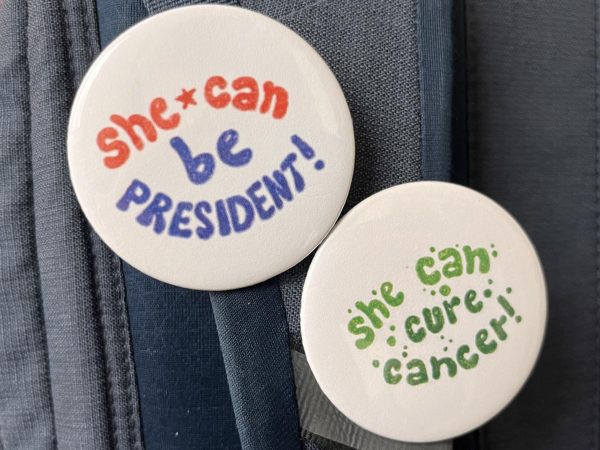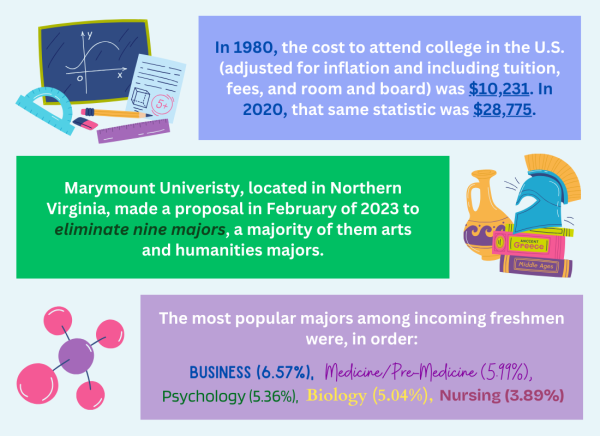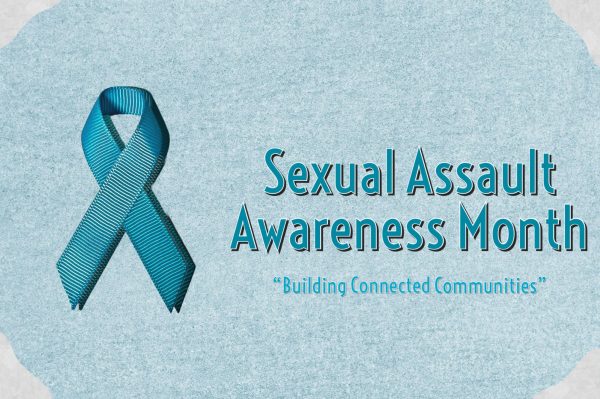High school seniors catch nonprofit fever… and can’t seem to get better
College applications are flooded with new ‘surefire’ way to gain admission to top schools
March 1, 2021
Right around the beginning of August, I had about 20 new follow requests on Instagram. Unfortunately, none of them were cousins or friends from school.
Instead, my feed was jam-packed with student-run “nonprofits” that just so happened to spring up at the exact same time at the beginning of the school year.
Every year, countless students decide to shove a last minute nonprofit organization into their schedules just to have something “extra” to put on their college applications. The thing is, these nonprofits never do anything except post a few times on social media to raise awareness, usually for something like girls in STEM or environmental crises.
The trend of finding the “surefire” way to get into college is nothing new. First it was varsity sports. Then, it was out-of-the-box experiences, such as mission trips. Now, in the age of activism, it’s starting a nonprofit.
College is no longer the “optional” pathway it used to be, so there’s more competition than ever to stand out on applications and show off leadership.
I do see where these students are coming from. After all, I wrote just last spring that I am not interesting enough to get into college with my current resume. To add insult to injury, the Class of 2021 is now vying for limited spots in colleges alongside the Class of 2020 students that deferred applying because of COVID-19.
Despite this, however, I have a few problems with my fellow seniors thinking that an Instagram page and one singular Zoom meeting to “brainstorm” ideas is what’s going to get them into college.
First and foremost, this doesn’t work. Colleges can absolutely see through organizations with a history of two whole months. It’s definitely tempting to do whatever it takes to get into college, but admissions officers value individuality and uniqueness, and I wouldn’t be shocked if all these nonprofits actually hurt chances of acceptance.
Additionally, these organizations rarely, if at all, help the community. Usually, all they do is scatter resources, like new members and officers, across multiple operations, which amounts to nothing in the long run. After all, it’s not like 20 different nonprofits dedicated to the same thing are all going to be able to generate enough traction to be effective.
Especially now, in an age where activism is ingrained so deeply into our culture. There are plenty of other opportunities to make a meaningful impact in the community through already established organizations and groups. There’s no shame in being one part of a larger group, and there’s no credibility in being the “leader” of a group that ultimately doesn’t do anything.
When students dump 40 new nonprofits onto peers via social media, it distracts from the overall goal of community service, which is, of course, a concentrated effort to make change. It could just be me, but I don’t think anything screams “performative” more than a two-month stint running a nonprofit just to dump it after college application season ends.
My advice to the underclassmen who genuinely want to get involved would be this: do your research. If you’re going to start a nonprofit, do it early on so you have some history, and make sure a bigger school club or other organization isn’t already established for the same purpose.
Remember that just because you’re not the founder of a group, doesn’t mean you can’t lead and be a part of something important. Lots of renowned clubs, such as Key Club or Interact, have tons of members that work together, and of course there’s room for leadership positions by being a club officer. If you really want to lead a club, see if there’s an established organization that you can start a branch of at Cal High.
Additionally, you can organize a special project or event without having to tie it to an organization or club. Lots of Cal students, for example, led special election-related projects by encouraging eligible students to vote and for everyone to make their voices heard.
As for those of us who feel our resumes are lacking, don’t stress. It’s important to have a few experiences or engagements to talk about on your application, but colleges are way more holistic than they used to be. Between grades, test scores, recommendations, and especially essays, there’s plenty of other ways to be competitive for admission.
As long as you’re making a genuine effort (emphasis on genuine) in whatever it is you do, admissions officers should be able to see that. Cal High students, keep conquering climate change and slaying the beast of social injustice, one effort at a time. Just, for the sake of us all, don’t turn that effort into another nonprofit organization designed to strengthen your college resume.
This story was originally published on The Californian on December 16, 2020.































![IN THE SPOTLIGHT: Junior Zalie Mann performs “I Love to Cry at Weddings,” an ensemble piece from the fall musical Sweet Charity, to prospective students during the Fine Arts Showcase on Wednesday, Nov. 8. The showcase is a compilation of performances and demonstrations from each fine arts strand offered at McCallum. This show is put on so that prospective students can see if they are interested in joining an academy or major.
Sweet Charity originally ran the weekends of Sept. 28 and Oct. 8, but made a comeback for the Fine Arts Showcase.
“[Being at the front in the spotlight] is my favorite part of the whole dance, so I was super happy to be on stage performing and smiling at the audience,” Mann said.
Mann performed in both the musical theatre performance and dance excerpt “Ethereal,” a contemporary piece choreographed by the new dance director Terrance Carson, in the showcase. With also being a dance ambassador, Mann got to talk about what MAC dance is, her experience and answer any questions the aspiring arts majors and their parents may have.
Caption by Maya Tackett.](https://bestofsno.com/wp-content/uploads/2024/02/53321803427_47cd17fe70_o-1-1200x800.jpg)
![SPREADING THE JOY: Sophomore Chim Becker poses with sophomores Cozbi Sims and Lou Davidson while manning a table at the Hispanic Heritage treat day during lunch of Sept 28. Becker is a part of the students of color alliance, who put together the activity to raise money for their club.
“It [the stand] was really fun because McCallum has a lot of latino kids,” Becker said. “And I think it was nice that I could share the stuff that I usually just have at home with people who have never tried it before.”
Becker recognizes the importance of celebrating Hispanic heritage at Mac.
“I think its important to celebrate,” Becker said. “Because our culture is awesome and super cool, and everybody should be able to learn about other cultures of the world.”
Caption by JoJo Barnard.](https://bestofsno.com/wp-content/uploads/2024/01/53221601352_4127a81c41_o-1200x675.jpg)













